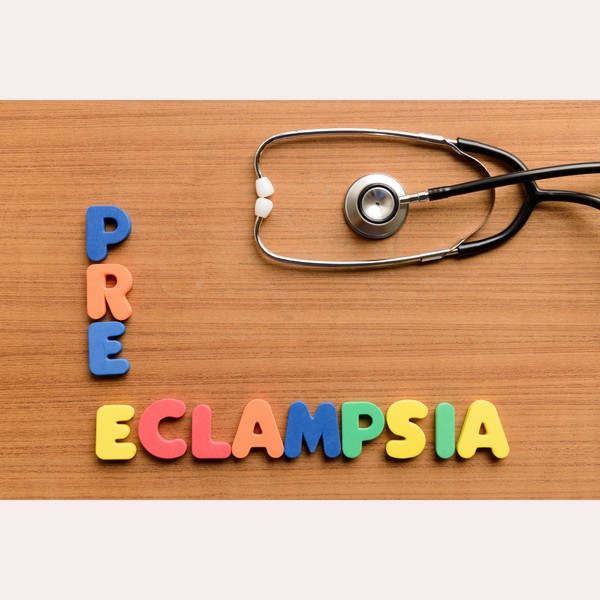Key Takeaways
- A birth plan outlines your preferences for labor, delivery, and postpartum care.
- It helps communicate your wishes to your healthcare team.
- Flexibility is essential, as labor and delivery can be unpredictable.
- Include preferences for pain management, interventions, and newborn care.
- Review and discuss your plan with your healthcare provider ahead of time.
Introduction

Preparing for childbirth involves making important decisions that will shape your experience. A birth plan allows you to clearly communicate your preferences for labor, delivery, and postpartum care.
This plan ensures that your wishes are understood while also preparing you to adjust as needed during the process.
Understanding What a Birth Plan Is
A birth plan is a document that outlines your choices for various aspects of childbirth. It covers your preferences for where you want to give birth, who will support you, and how you wish to manage pain.
The plan also includes your decisions regarding newborn care immediately after birth. This written plan serves as a guide for your healthcare team, ensuring they are aware of your desires while also allowing flexibility for the unexpected.
Key Components of a Birth Plan

Labor Preferences
Labor is a unique experience, and your birth plan should reflect your specific desires. Decide where you want to give birth, whether in a hospital, birthing center, or at home.
Identify who will be present during labor, such as your partner, a doula, or other loved ones.
Pain management is another critical aspect; specify whether you prefer natural methods, an epidural, or other medications. Consider the environment you want, including lighting, music, and other comfort measures.
Delivery Preferences
During delivery, you may have preferences regarding your position, the use of medical interventions, and your approach to potential complications.
Specify whether you’re open to tools like forceps or vacuum extraction and how you feel about cesarean sections.
Other decisions might include delayed cord clamping and immediate skin-to-skin contact with your newborn, both of which offer benefits for mother and baby.
Postpartum Care
Postpartum care decisions include how your newborn will be treated right after birth. This could involve whether your baby receives a Vitamin K shot, eye ointment, and when they have their first bath.
Feeding preferences—whether you plan to breastfeed or use formula—should also be clearly stated. Consider whether you prefer rooming-in with your baby or using a nursery for some rest.
If relevant, include any decisions regarding circumcision.
How to Create Your Birth Plan

Research and Gather Information
Start by researching your options for labor, delivery, and postpartum care. Consult with your healthcare provider to understand what’s possible and safe for your situation.
Engage your partner or support team in these discussions to ensure the plan reflects shared values and expectations.
Writing Your Birth Plan
Write your birth plan clearly and concisely. Organize it in a way that is easy for your healthcare team to follow.
Use straightforward language to communicate your preferences, and consider using a birth plan template to help structure your thoughts. Emphasize the importance of flexibility while outlining your preferences.
Discussing Your Plan with Your Healthcare Provider

Review your birth plan with your healthcare provider to ensure that it aligns with medical best practices.
This conversation is helpful for clarifying your wishes and understanding any potential scenarios that might require adjustments to the plan.
Their feedback can help you refine your plan to ensure it is both realistic and safe.
Staying Flexible During Labor and Delivery
Flexibility is vital, as labor and delivery can be unpredictable. While a well-prepared birth plan is important, being open to changes will help you navigate any unexpected developments smoothly.
Effective communication with your healthcare team will ensure that your needs are met while adapting to the situation as it unfolds.
Reviewing and Finalizing Your Birth Plan
Finalize your birth plan well before your due date and share it with everyone involved in your care. Ensure that your healthcare provider, your partner, and any other support persons have copies.
Keeping your plan accessible during labor will help guide your experience while allowing for necessary adjustments.
Conclusion
A birth plan is an empowering tool that helps you prepare for your child’s birth by clearly communicating your preferences. It ensures that your wishes are known and respected, while also allowing for the flexibility needed in the unpredictable nature of childbirth. Discussing and refining your plan with your healthcare provider will create a birth experience that aligns with your desires and medical best practices.
FAQs
What if my birth plan changes during labor?
Flexibility is essential, and your healthcare team will help make necessary adjustments. Staying open to changes ensures a smoother experience.
Can I still have a birth plan for a scheduled C-section?
Yes, preferences for various aspects of the procedure and postpartum care can be included in a birth plan for a C-section.
Do I need a birth plan if I’m giving birth at home?
Yes, outlining your preferences and preparations for a home birth ensures everyone involved understands your wishes.
How do I discuss my birth plan with my doctor?
Schedule an appointment to review your birth plan, ensuring there’s ample time for questions and adjustments.
What if my healthcare provider disagrees with my birth plan?
An open dialogue is important. Discuss your preferences and listen to their advice to find a balance between your wishes and what’s medically advisable.
Pre-Eclampsia: Causes, Symptoms, and Treatment
Key Takeaways Pre-eclampsia involves high blood pressure and organ damage after 20 weeks of pregnancy. Early diagnosis through regular prenatal care is vital for managing…
Postpartum Recovery: What Happens After Childbirth
Key Takeaways Postpartum recovery can take weeks or months depending on the type of birth. Physical recovery includes managing pain, bleeding, and any tearing or…
What is the Best Nutrition for Pregnancy?
Key Takeaways Eating wisely during pregnancy impacts maternal and fetal health. Prioritize foods with a high bioavailability of nutrients. Essential fatty acids support brain and…
9 Vital Travel Tips for Pregnant Women
Key Takeaways Consult Your Doctor: Always discuss travel plans with your healthcare provider to ensure safety throughout your pregnancy. Pack Smart: Essential items for pregnant…
Natural Childbirth: Pain Management & Breathing
Key Takeaways Natural childbirth focuses on managing labor without medical interventions. Breathing techniques help alleviate pain and keep the body relaxed. Movement, positioning, and hydrotherapy…
Gestational Diabetes Management: Expert Tips for Success
Key Highlights Gestational diabetes, marked by glucose intolerance during pregnancy, requires careful blood sugar control. A healthy pregnancy with gestational diabetes includes regular exercise, a…
Childbirth Preparation: Steps for a Smooth Delivery
Key Takeaways Having a solid support system can ease the physical and emotional challenges of labor. Proper nutrition and regular exercise prepare your body for…
Breast Milk or Formula: Which Is Healthier for Your Baby?
Key Highlights Breast milk is ideal for infants, offering essential nutrients, cognitive development support, and immune strengthening. Breastfeeding benefits both baby and mother, reducing the…







